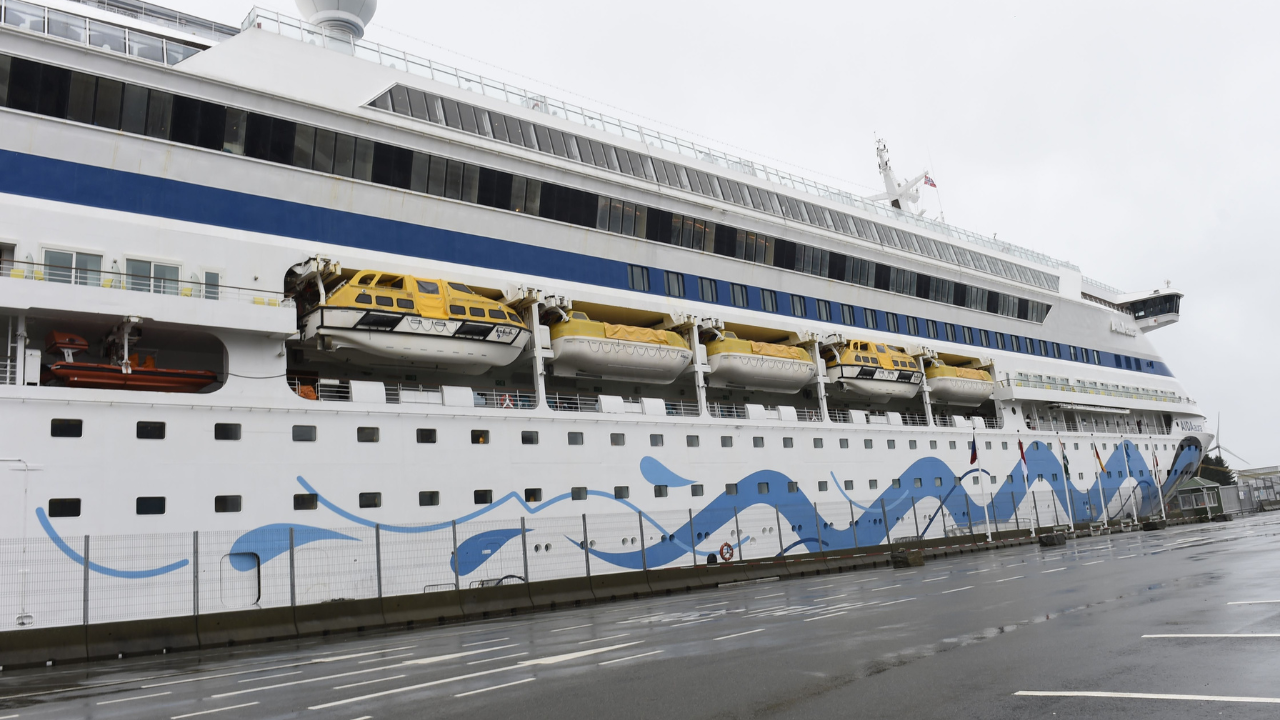Passengers who booked trips have been told refunds will be issued in monthly installments
…
Life at Sea Cruises’ first three-year sailing was announced in March and promised passengers willing to fork out at least $29,999 per year
The problem isn’t the ships it’s the insane amount of diesel they suck down. We already run giant ships powered by nuclear reactors.
Honest question: do the use diesel? A lot of big ships when they are not in a nation’s waters burn bunker oil which is significantly worse.
I was surprised to learn that many cruise ships burn diesel rather than bunker oil.
That’s a recent change, IIRC, and not all cruise lines are in on it.
While googling this, it seems like there is an international cap on marine fuels for 0.5% sulphur.
https://www.cruisemapper.com/wiki/752-cruise-ship-engine-propulsion-fuel
A lot of ports and shipping areas require 0.1% sulphur content.A lot of places I’ve read say things along the lines of “cruise ships run on diesel, specifically MDO or MGO”.
E.g.
https://luxurytraveldiva.com/what-does-a-cruise-ship-use-for-fuel/Here’s a thing about MDO and MGO.
https://maritimepage.com/what-are-mgo-and-mdo-fuels-marine-fuels-explained/
MGO is 0.1% sulphur content.
MDO is 2% sulphur content.
For comparison, car diesel sulphur content is like 0.001%.
Best source I can find for bunker fuel is 3.5%. So, MDO/MGO are better than bunker fuel, I guess. Feels like a rebrand with minor improvements, so everyone can say “yeh, it’s just diesel. Not bunker fuel”.But 2% MDO is still a 40% improvement over 3.5% bunker fuel.
Seems like there is a lot of changing and outdated information on this.
And it being related to international trading, laws and standards… There doesn’t seem to be a reliable definitive source on it.My takeaway is “yeh, it’s not bunker fuel. It’s diesel. But it’s not diesel as we know it from driving cars, trucks, tractors and other plant”




